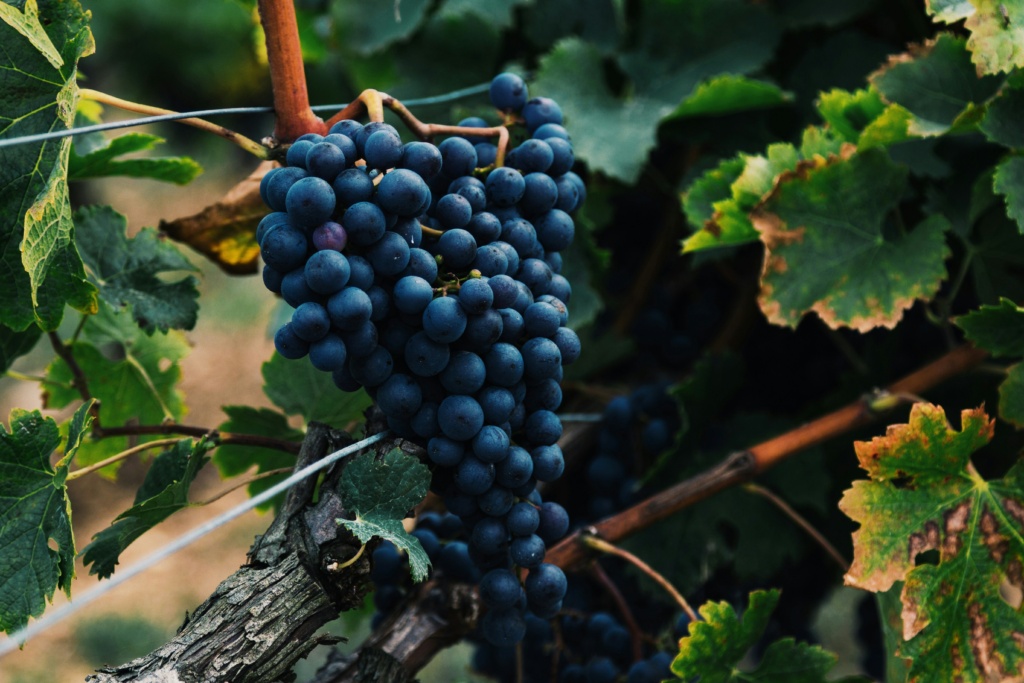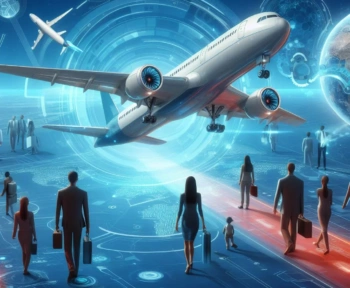The world of wine is undergoing a transformation. Web3 technologies are revolutionizing this traditional sector. Wine, being an experiential product by nature, seems at first glance distant from the digital world.
However, interest in the digitization of wine using non-fungible tokens (NFTs) is spreading across the entire sector. WineTech, which brings together stakeholders in the sector, is leading the way in this transformation.
Web3 and Wine : Traceability and Counterfeit Prevention

Traceability and combating counterfeiting are major issues in the wine sector, and more generally in luxury goods, where Web3 can play a crucial role. For example, wine producers can use blockchain technology to record and track every step of the production and distribution of their products. Each bottle of wine can be associated with a unique digital token on the blockchain, which contains detailed information about its origin, production, transport, and sale. This not only ensures the authenticity of the wine but also provides consumers with complete transparency about the origin and quality of the product they are buying. In practice, “An NFT is created at bottling. It is then inserted, generally via an NFC chip, on the label, under the cork, or at the bottom of the bottle. For a case of wine, the same mechanism applies. From that point on, this case or bottle is linked to the NFT throughout its lifespan.” For instance, if a bottle is sold, the digital token associated with it can be transferred to the new owner. If a counterfeit bottle of wine enters the chain, it will not be associated with a valid token on the blockchain, making it possible to detect and remove it from the market. Several startups are using blockchain to record and track the origin and distribution of each bottle of wine, to ensure its authenticity and combat counterfeiting. Examples include WineInBlock, WineChain, Everledger, Intercellar. In summary, Web3 offers tools to improve traceability and combat counterfeiting by providing greater transparency and security to producers and consumers.
Web3 and Wine: A New Era of Customer Engagement

In the world of Web3, CRM takes on a new dimension. Just like in other sectors, Web3 applied to the wine sector allows for a reimagining of customer engagement. Brands can now create unique experiences, redefine and redeploy their loyalty programs, enhance engagement and community sharing, and invest in technology to prepare for the future. In the context of wine, this means that producers can use Web3 to create unique experiences for their customers. For example, they can use NFTs to offer exclusive benefits such as private tastings, vineyard tours, or even the opportunity to participate in the creation of a wine.
Furthermore, Web3 enables wine producers to redefine their loyalty programs. Instead of being based on points or rewards, loyalty programs can now be token-based, which can be exchanged for products or services, or even used to participate in important company decisions. Finally, Web3 allows wine producers to enhance engagement and community sharing. Through blockchain, producers can create a community around their brand, where customers can share their experiences, provide feedback, and even participate in the creation of new wines. Web3 offers a new way to think about CRM in the wine sector. It enables the creation of unique experiences for customers, redefinition of loyalty programs, and enhancement of engagement and community sharing. It’s a true revolution that promises to transform how wine producers interact with their customers.
Speculation Control

Controlling speculation is another crucial aspect where Web3 can add significant value to the wine sector. Speculation is a common phenomenon in the wine world, where rare wines are often bought not for consumption but for resale at a higher price. This can lead to price distortion and make these wines inaccessible to many consumers. Here again, Web3 provides tools to help control excessive speculation. For example, wine producers can use smart contracts on the blockchain to impose specific conditions on the sale of their wines. They can set a minimum price, require that a certain proportion of the resale price be paid to the producer as royalties, etc. This ensures that the entire value chain is compensated fairly, guaranteeing producers a fair share of the profits from the resale of their wines, while preventing excessive speculation. Web3 can thus make the wine market more transparent and equitable. If the blockchain records all transactions, the market becomes more transparent, fluid, and fair.
Web3 and Sustainability

Web3 has the potential to play a major role in the sustainability of the wine industry. Indeed, Web3 technologies can help reduce the environmental impact of wine production and distribution. As highlighted in the WineTech white paper, “Since the advent of Proof of Stake, the question of the environmental impact of Web3 technologies has shifted from how to reduce carbon footprint to how these tools can serve the environment. Significant reductions in wine transfers thanks to decentralized purchases via NFTs, favorable European legislation, low-polluting blockchains, and traceability enabling the optimization of energy consumption points, blockchain architecture promises great solutions for being more attentive to our planet.” Web3 offers new opportunities to make the wine industry more sustainable. Whether it’s through reducing wine transfers, optimizing energy consumption, or contributing to environmental goals, Web3 has the potential to transform the wine sector into an industry that is more respectful of the environment.
Conclusion
The world of wine is undergoing a revolution. After successive crises and a need for renewal, Web3 technologies open up promising future prospects. These technologies ensure, among other things, perfect traceability, improve transparency, promote direct exchanges, optimize investments, and all transactions. By offering an entirely new wine experience, these tools must be democratized and made available to professionals, with the aim of offering products and services whose quality and authenticity cannot be questioned. This is the very goal pursued by the players in WineTech. The path is laid out but fraught with obstacles. All stakeholders in the sector are aware of this, but the potential is such that it would be a shame to stop halfway.



